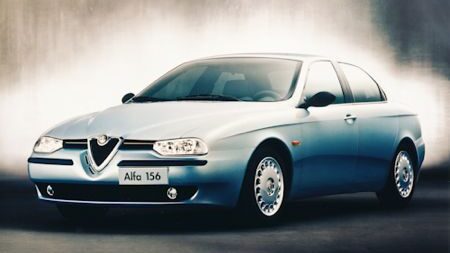A century ago this year, James McKechnie, then Technical Director of Vickers at Barrow-in-Furness, developed a system for maintaining constant pressure in diesel fuel injection systems.
He would never have known how important his pioneering work on common-rail injection systems would be. It was another 84 years before the technology was launched in a car.PSA Peugeot Citroen popularised the diesel engine for cars in the early 1980s. The company used diesel technology developed by one of Britain’s pioneering engine designers, Sir Harry Ricardo, dating back to 1931. It worked well and helped to make diesel power acceptable in cars through models such as the Citroen BX, Peugeot 205 and 405 diesels.
Diesels are inherently more efficient than petrol engines, using up to 25 per cent per cent less fuel. This is because diesel engines needs more air than petrol engines for combustion to start, meaning the ratio of air to fuel is greater, so less fuel is needed. The drawback is that diesels emit tiny soot particles (PM) in the exhaust that are not produced by conventional petrol engines, although modern direct injection petrol engines also produce PM, while emissions of oxides of nitrogen (NOx) are higher than those from petrol engines.
No engine can burn all the fuel injected, mainly because it does not mix thoroughly enough with the air in the combustion chamber. This is more of a problem in a diesel because the fuel is ignited by compressing the air in the cylinder, superheating it in the process, then injecting the fuel, which ignites immediately. There is very little time for the fuel and air to mix before it ignites but a way to improve the fuel/air mixing process is to inject it at very high pressure.
A diesel fuel pump is driven by the engine, which means that at high speed it delivers higher fuel injection pressure than at low speed, such as at start up. For cleaner emissions, injection needs to take place at the same high pressure regardless of engine speed. This is why common rail injection is now the only system used on modern car diesels.
The rail is simply a thick tube able to withstand extremely high pressures of between 2,000 and 2,500bar, up to 36,300 pounds per square inch. It holds a small amount of fuel, which is fed by a low-pressure pump from the fuel tank to a high-pressure pump, which pressurises that small amount of fuel to the very high pressure needed in the rail.
Fuel is then fed from the rail to a fuel injector in each cylinder controlled by a computer. When the computer opens the injector, fuel is forced into the combustion chamber at such high pressure that the fuel mixes very thoroughly with the air; meaning more of it is burnt.

Because the rail can store the fuel at that high pressure, the injection pressure remains high even at low engine speeds.
Fiat engineers adopted James McKechnie’s 1913 principles using 1990s technologies and computing power, before selling the technology to Bosch. The first diesel car to use common rail injection was the 1997 Alfa Romeo 156 2.4 JTD. In less than 10 years, every single diesel car manufacturer had adopted the technology.
Alfa Romeo image courtesy of Virtual Motorpix

